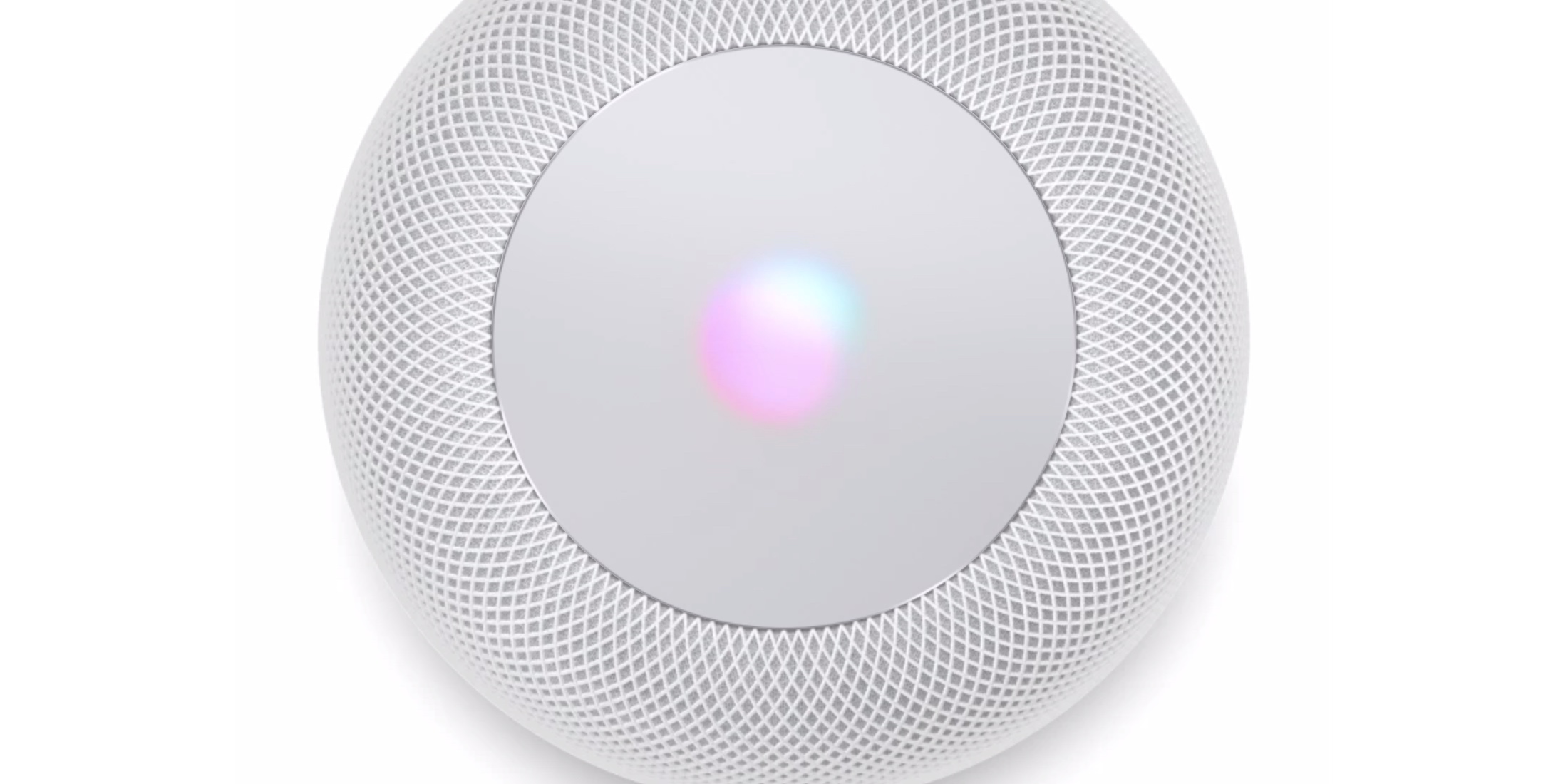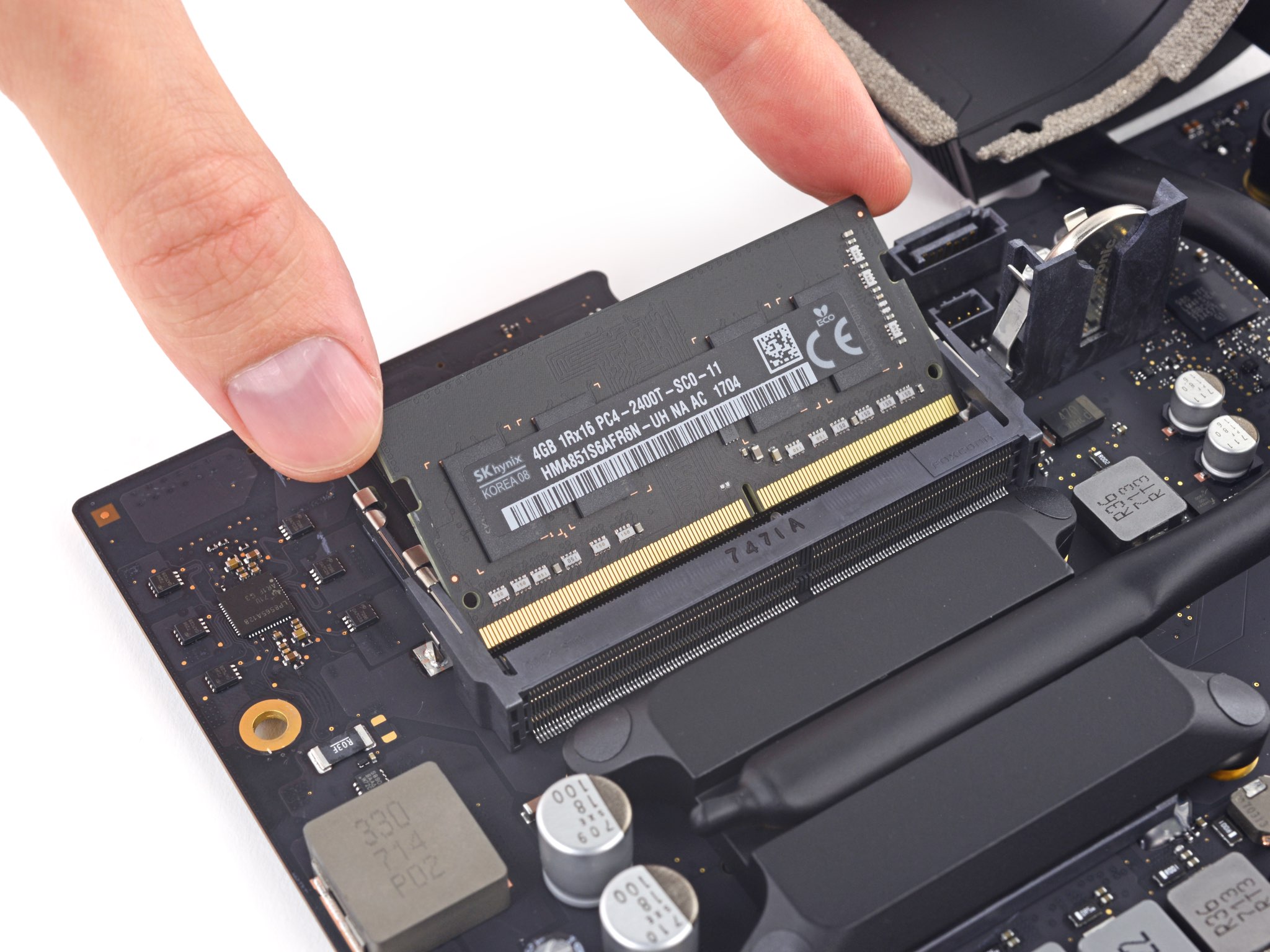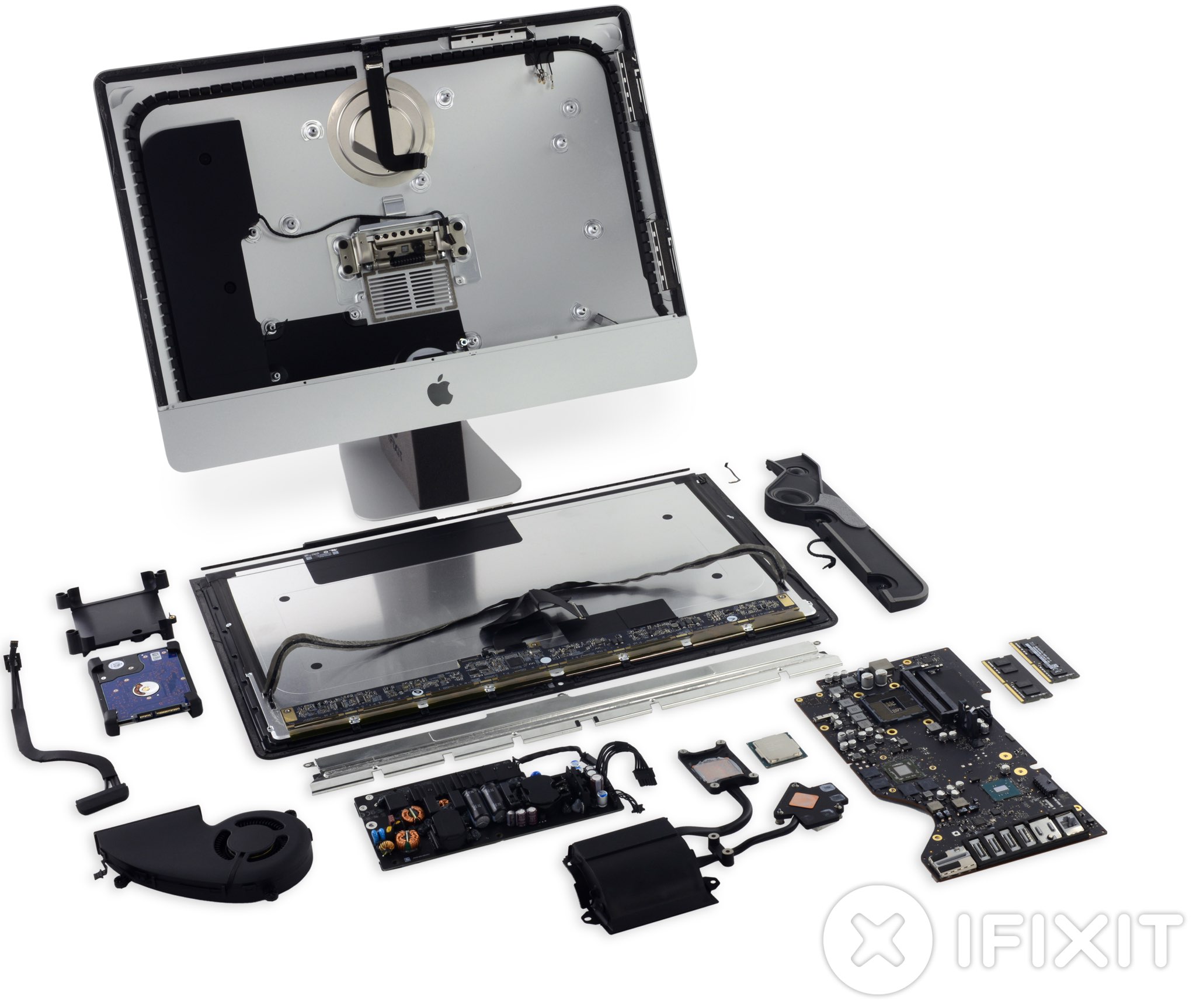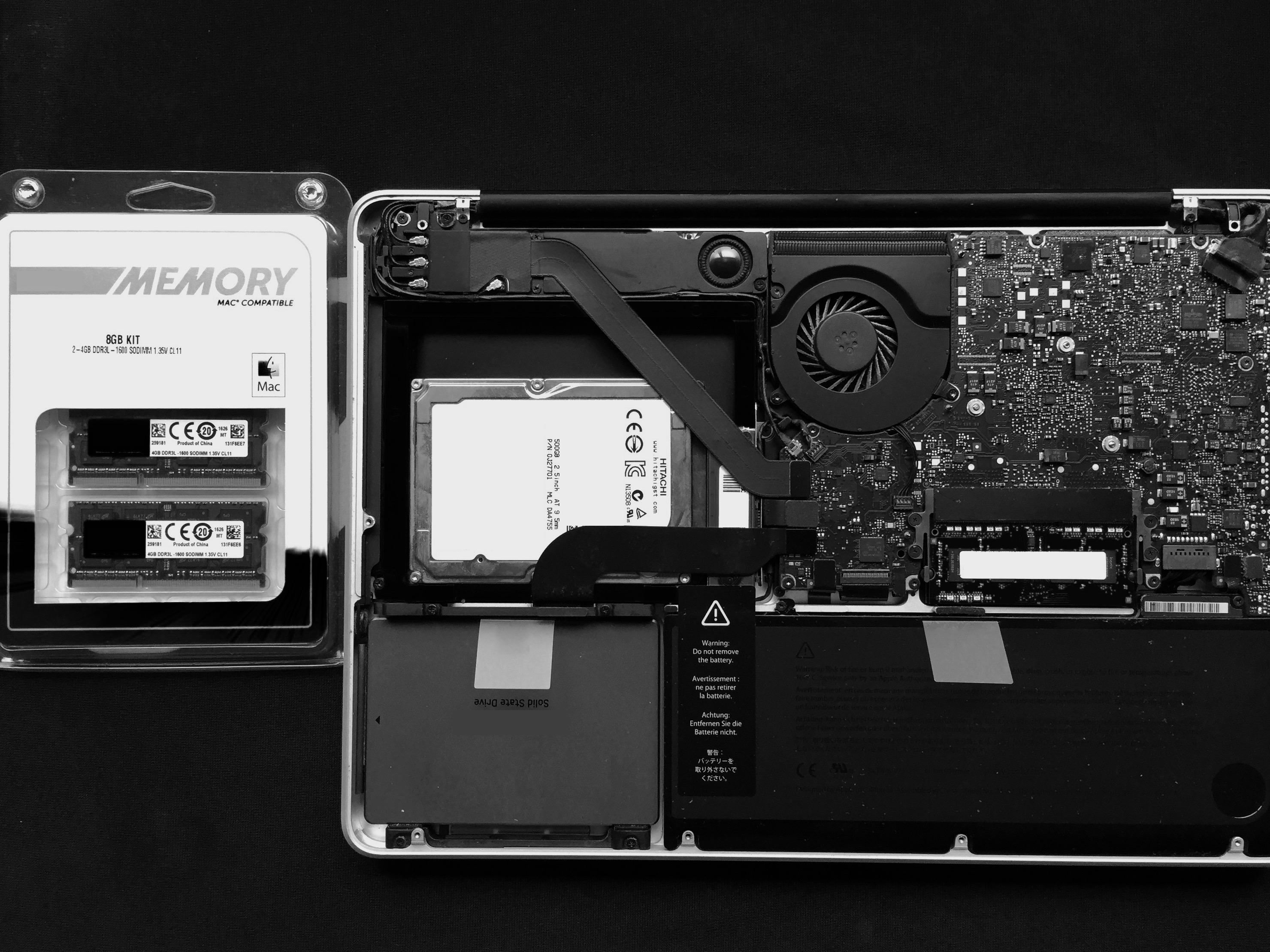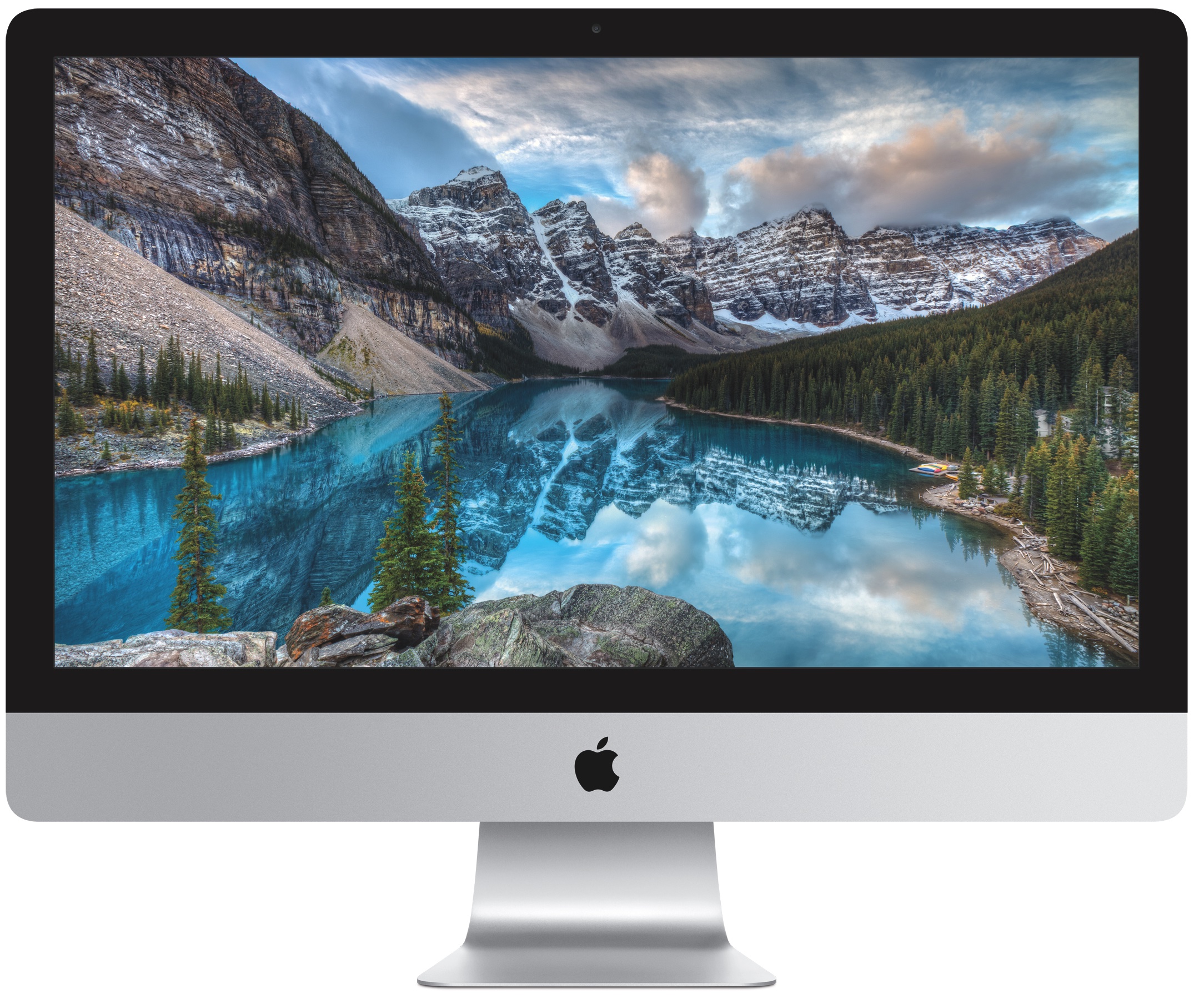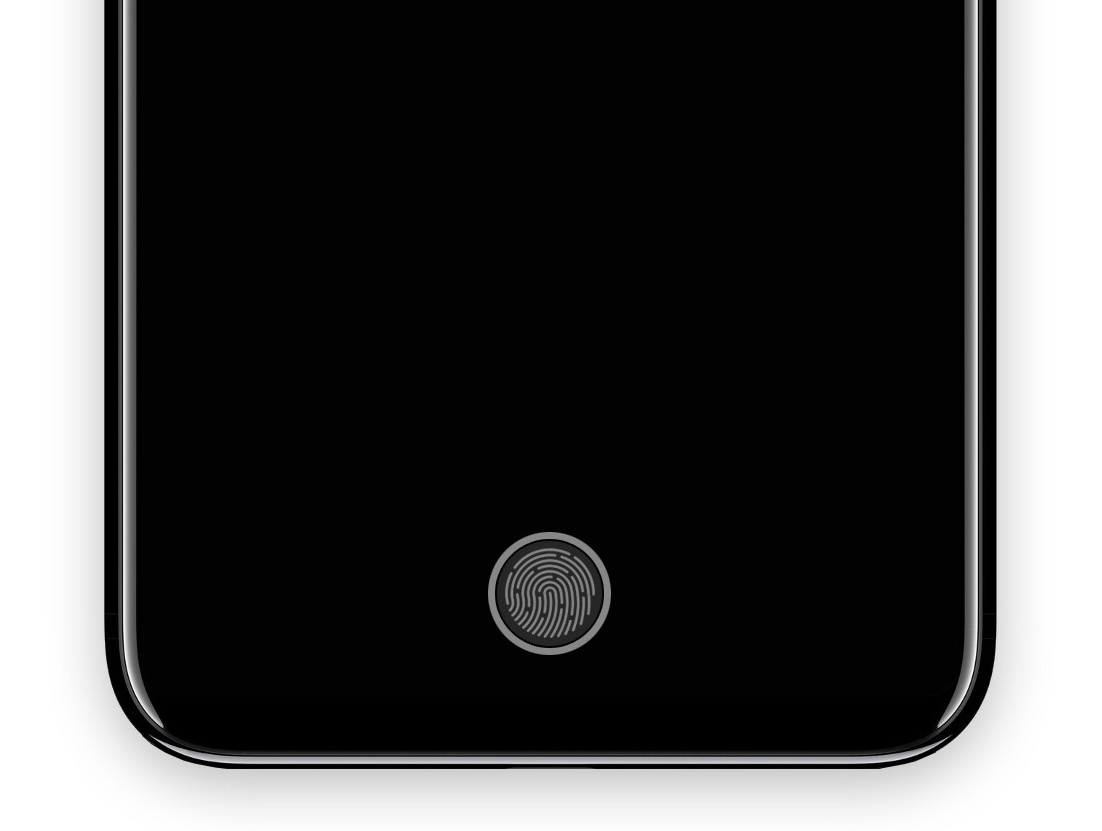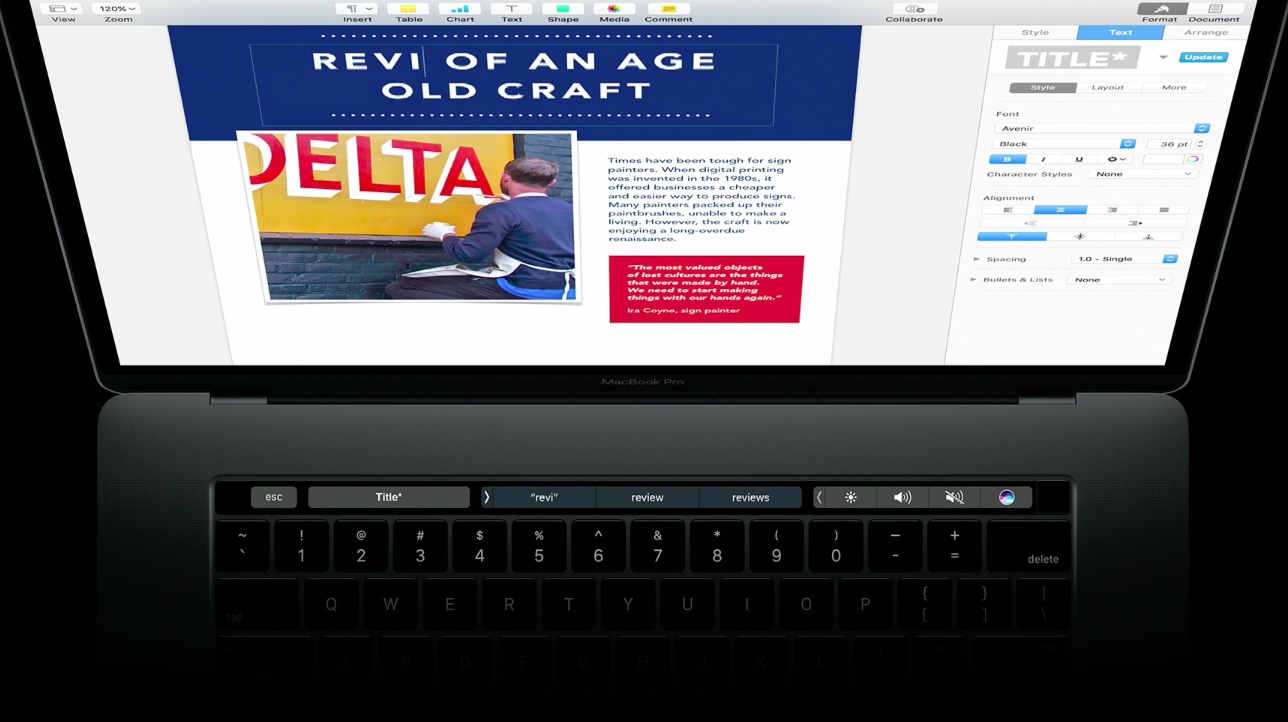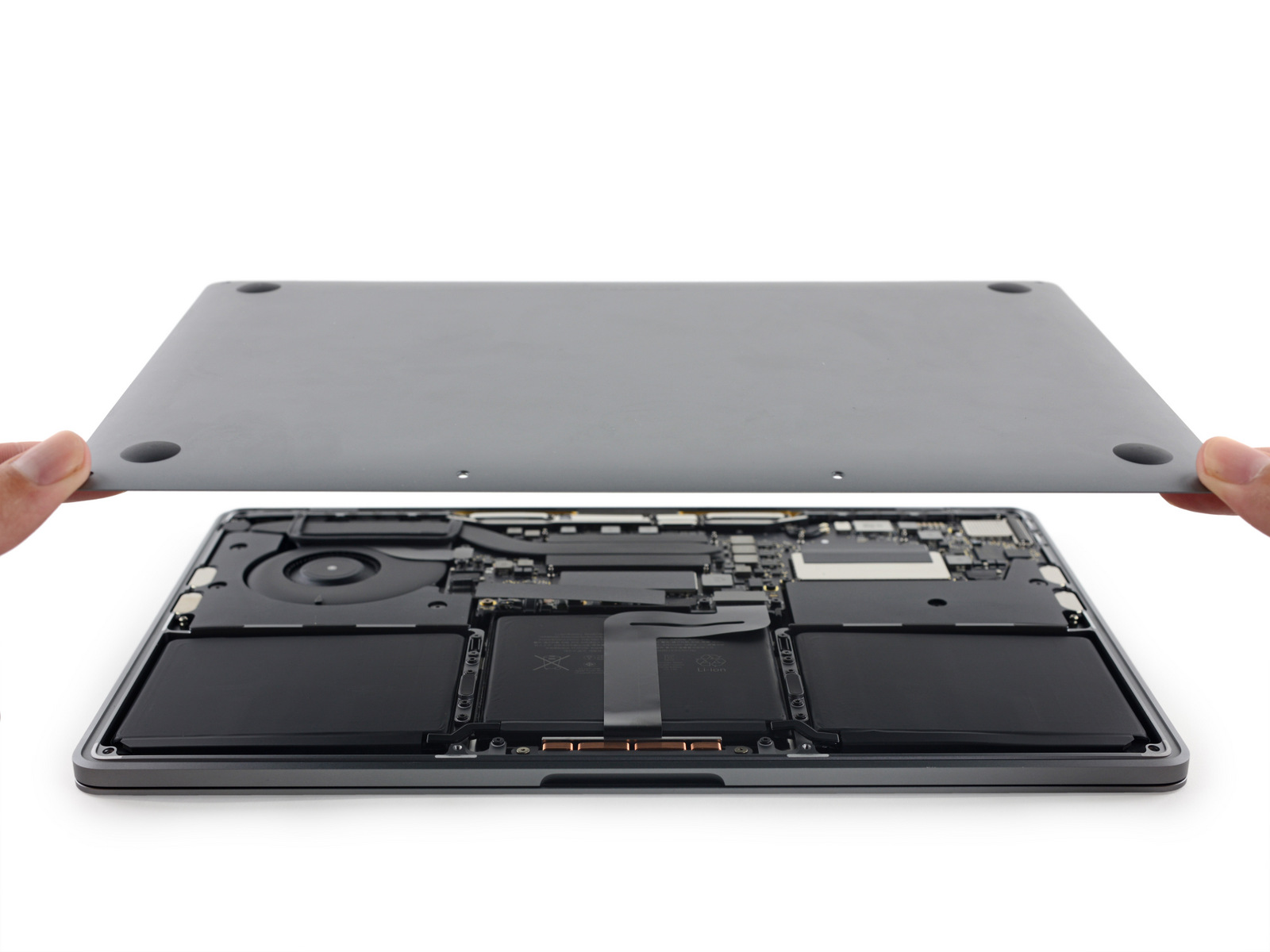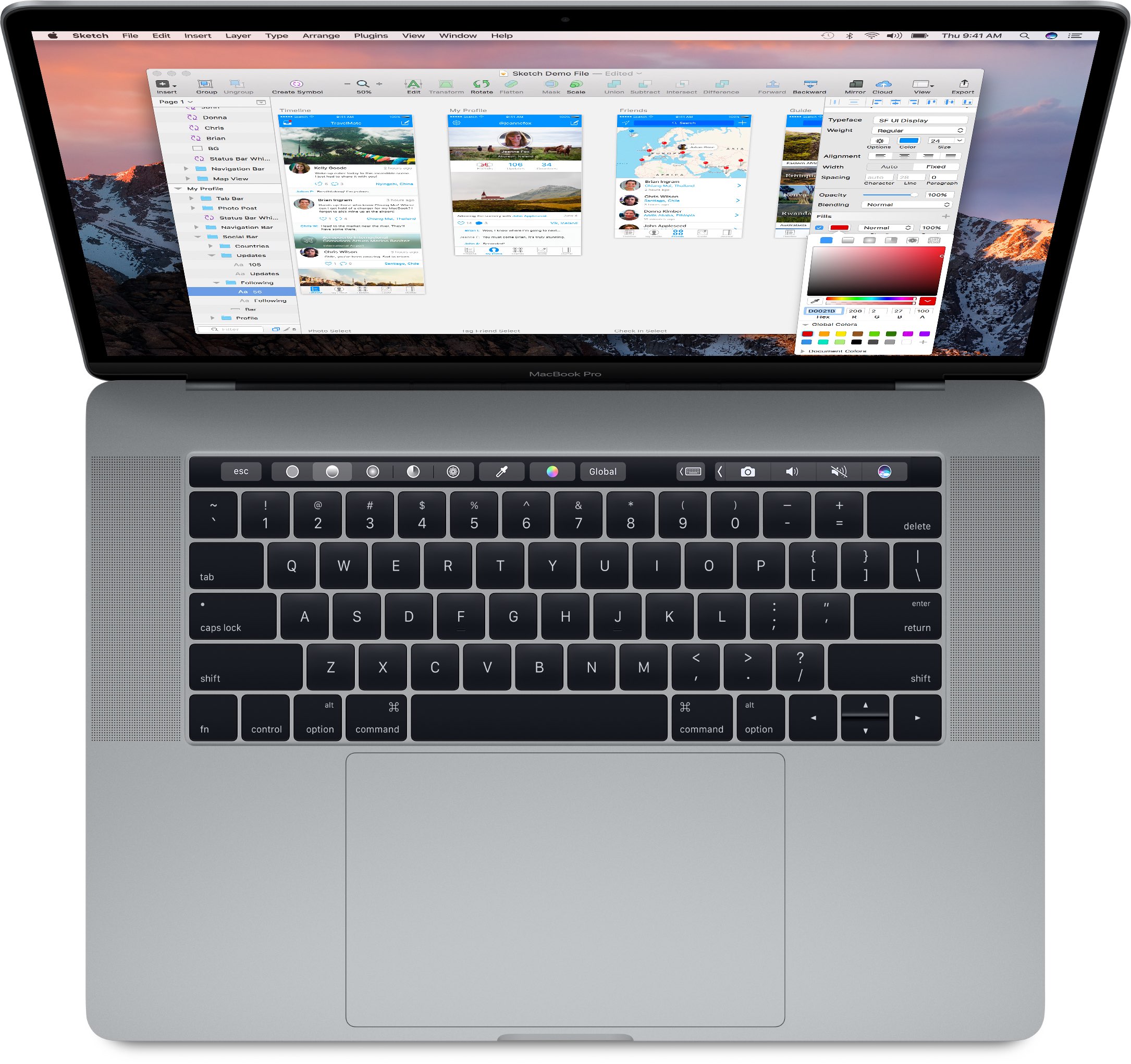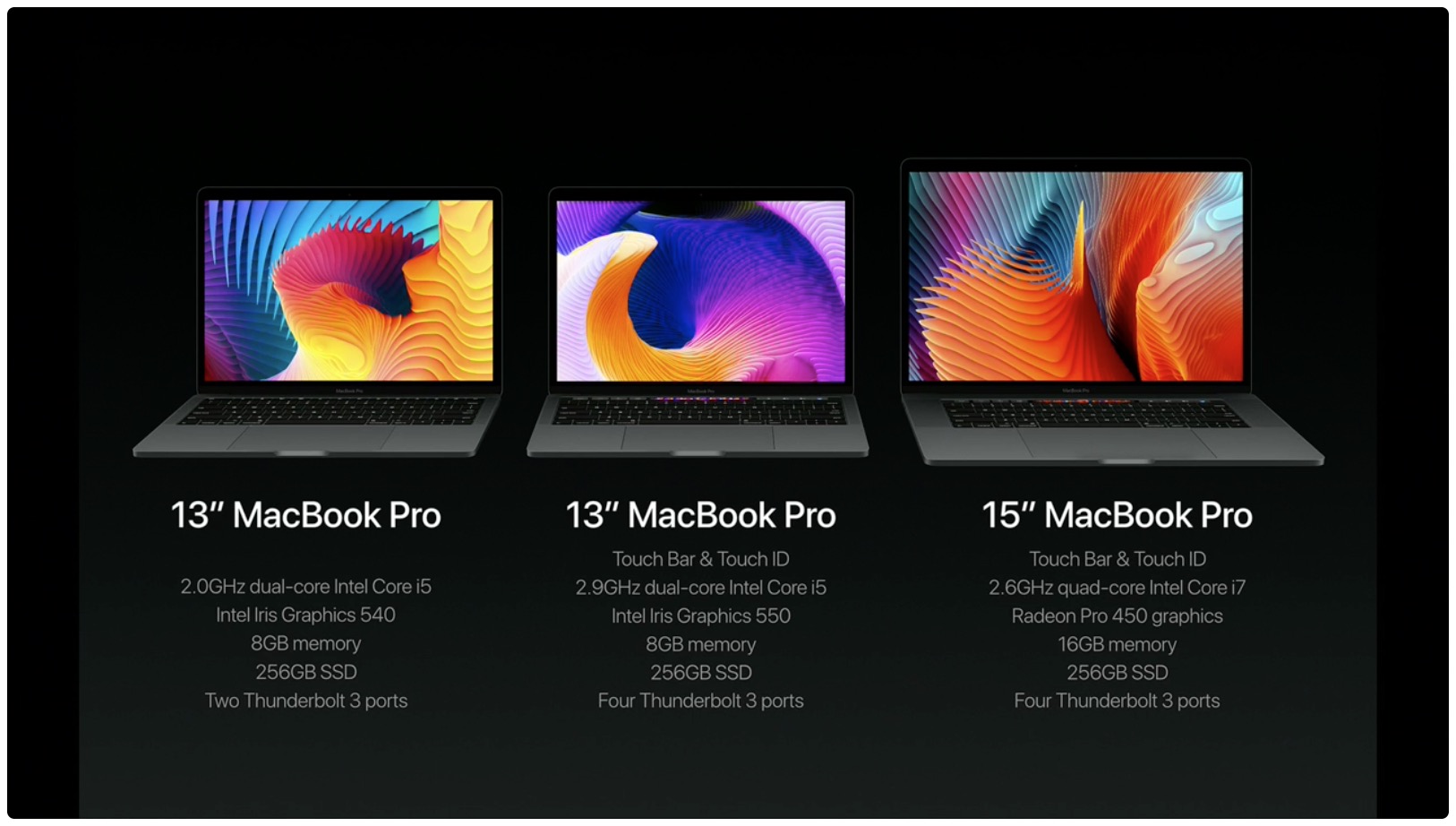Apple during the Worldwide Developers Conference refreshed the iMac lineup with faster Intel chips and updated internal architecture. Good folks over at iFixit have now taken Apple's new $1,299 21.5-inch iMac model that has a 4K Retina display, discovering something really interesting.
The machine features both removable RAM (via a pair of removable SO-DIMM slots) and Intel's Kaby Lake processor that—surprisingly—sits in a standard LGA 1151 CPU socket rather than being soldered onto the logic board.
The modular CPU design suggests owners of the all-in-one desktop might be able to replace or upgrade the CPU in the future without a reflow station. The last time the 21.5-inch iMac had user-replaceable RAM was back in 2013. 2012 models of the 21.5-inch iMac also came with a modular CPU.
The stock configuration they tore apart had Intel's SR32W Core i5-7400 Kaby Lake chip, 8GB of 2400MHz DDR4 memory, a Radeon Pro 555 graphics card with 2GB of VRAM and a 1TB 5400-RPM hard drive.
According to iFixit:
Our teardown confirms that the new 21.5-inch iMac with 4K display has both removable RAM and a modular CPU. Of course, Apple would say neither is user-replaceable. Accessing and replacing these components isn't exactly easy, but we’re saying it’s possible. Maybe even probable.
A tinker-happy user (armed with the right tools and guide) could at least double the base 8 GB of memory, turning their new iMac with Retina Display into an iMac Semi-Pro.
Here's the machine's socketed CPU.
Other teardown highlights:
A warranty void sticker on the heat sink discourages users from removing the modular CPU underneath.
The Retina display is manufactured by LG Display.
There's a single microphone below the display vs. dual microphones on previous models
CMOS battery is replaceable
A built-in 3.5-inch SATA hard drive is upgradeable
There's no SSD connector on the board
And here's the user-replaceable RAM module.
Despite the upgradable RAM and CPU, iFixit gave the machine a 3/10 for repairability.
That's because the computer is difficult to open as everything is buried under “a finicky glass panel,” in iFixit's own words. A speciality pizza-cutter-like tool is required to breach the adhesive before any repair.
And because the cover glass and the Retina display itself are fused together, the cost of a display replacement will be high.
At any rate, this is still good news for anyone in the market for a new iMac. Upgradability is paramount with all-in-one designs like iMac's. And with replaceable RAM and CPU, customers will be able to get more use and more years out of their computer.
